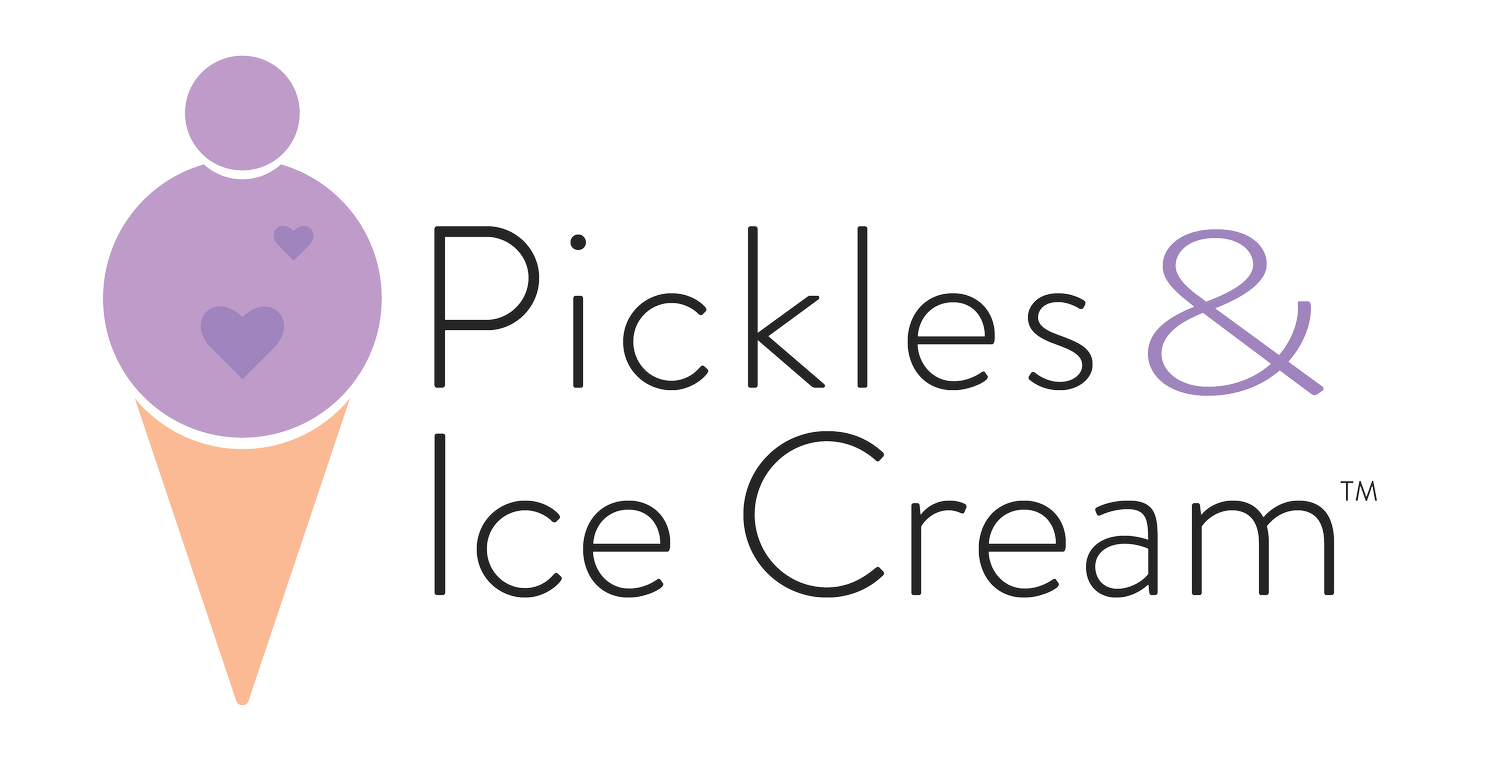Rub-A-Dub Dub Baby: The First Bath
➝ The time has come. It's your baby's first bath!
➝ It's easier when you prepare & have a clear sense of what to do next so everyone can enjoy it!
➝ Both you & baby will be learning during this time, so take it slow & make sure you read our steps.
Welcoming your baby home comes with lots of firsts! The American Academy of Pediatrics recommends that newborns only receive sponge baths every few days until their umbilical stump falls off—which is usually within a week or two of birth. At this point, they are ready for their first real bath! They will only need a bath a few times a week. Bathing your baby will be a learning experience for you & your baby at first, but over time you both may come to enjoy it!
Steps to Bathing Your Baby
Remember to take your time, seek help if needed, & let’s get into it!
1. Get everything prepared before you get your baby.
Set out a few towels & bath supplies like a gentle soap, wash cloth, & a cup to pour water within reach so that you can always have a hand on your baby. Have an area prepared for when you bring your baby out of the bath. Lay your baby on a bathmat to dry them off or perhaps, take them right to their changing table or a bed to be dried. When dry, you should have fresh clothes laid out to change the baby into right after the bath.
2. Add warm water to a baby bathtub, bathroom tub, or bathroom or kitchen sink.
If you use a sink, use a soft sponge mat or clean towels in the sink to keep baby cradled while you bath them. Fill the tub with about 2 inches of water. Use the inside of your wrist to check the temperature of the water. It should feel warm, but not hot. If you use a bath thermometer, the water should be around 100°F.
3. Keep the baby safe & warm the whole time.
Once you have undressed your baby, carefully place them in the water right away so that they don’t get chilly. Always have at least one hand on your baby at all times. Use your one hand to cradle their head & use the other hand to gently wash their body starting with their face then go down to prevent the area from getting soapy again.
4. Start the washing!
Use a damp wash cloth to carefully clean around their eyes, nose, mouth, & behind their ears. Never place anything inside their ears. Use only a small amount of soap as it can dry out their skin. Continue to clean their body, pausing to gently pour warm water from the bath over their body to keep them warm. Clean their chin, neck, arms, belly & legs being mindful to wipe in between their little rolls. Clean their private areas last, always washing from front to back. If you are using shampoo, wash their hair last, as this will make them cold. Gently rinse their hair, and make sure all soapsuds are rinsed off of them.
5. You’ve finished bathing them now onto drying & getting them cozy.
Once clean, lift your baby up & into a towel you already had laid out. Pad them dry & make sure to dry in between fingers & toes as well as their little rolls where it is easy for their skin to stay damp. You don’t have to put lotion on your baby right after a bath. However, if you apply lotion before diapering & dressing them, only use a small amount & make sure it is free of dyes & fragrances so that their sensitive skin does not get irritated. You may also want to brush their scalp carefully in a circular motion to help get rid of any scaly patches of cradle cap.
A Few Quick Tips
If you can, have your partner with you for baby’s first bath. You may want to capture photos of these new moments & you may need an extra hand or two! If you realize that you forgot something mid-bath or need to answer the phone, you must take your baby with you or have another person take over. Never leave a baby or child unattended in a bath or sink, even for a moment.
Some babies are very relaxed in warm water—so relaxed that they may poop or pee! If this happens, just lift your baby out, drain the water, & wipe off the bath while you baby lies next to you in a towel on the floor or other safe surface or is held by your partner. Then start the bath again.
It’s also normal if your baby cries—it’s a whole new experience for them. So talk to them in a calming voice. You can even tell them what you are doing. “Now I’m going to wipe your belly with this warm wash cloth. You are doing so well!”
Knowing what to expect can make this first experience less overwhelming. Don’t stress if the first bath isn’t ‘picture perfect’ just do your best to get your little one clean and keep them comfortable and safe. You’ve got this, mama! For more tips on caring for a newborn, take a look at our Pickles & Ice Cream Georgia® blogs posts.
References

